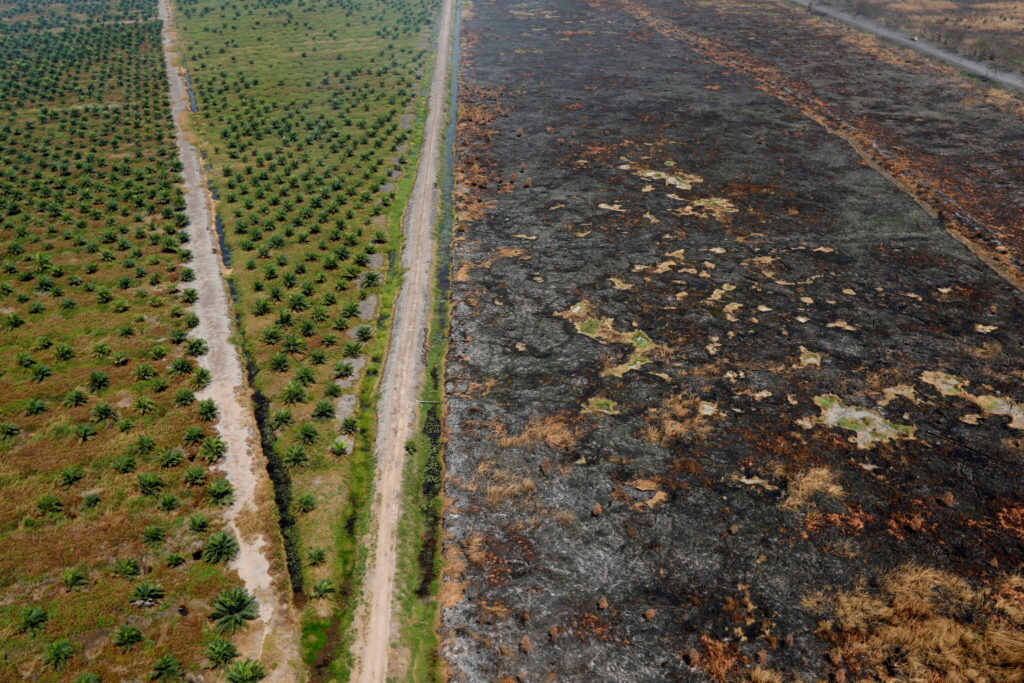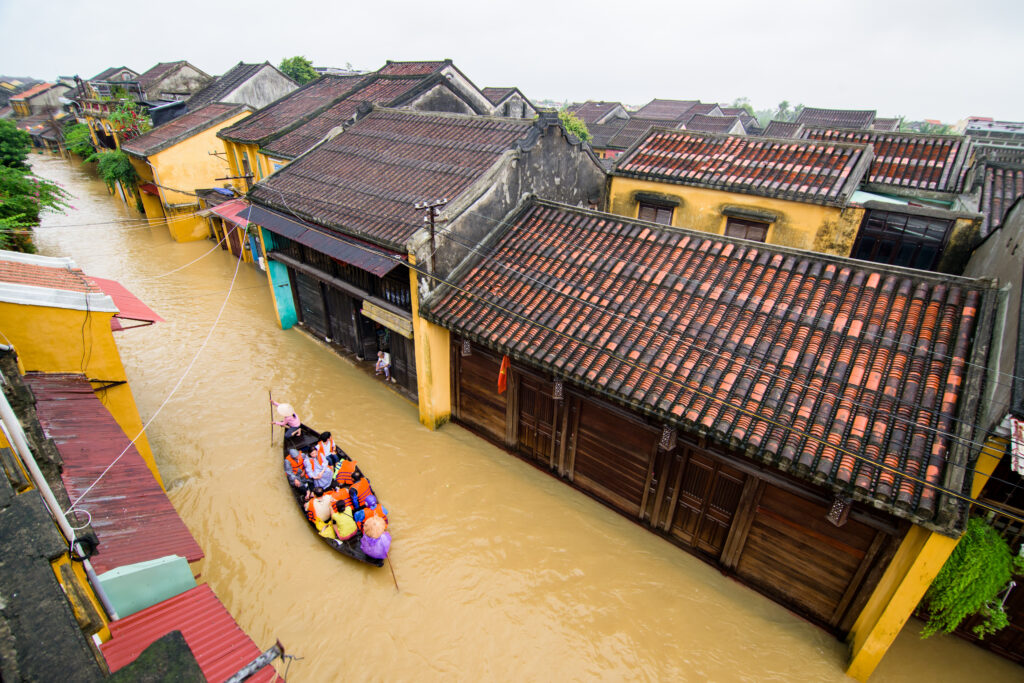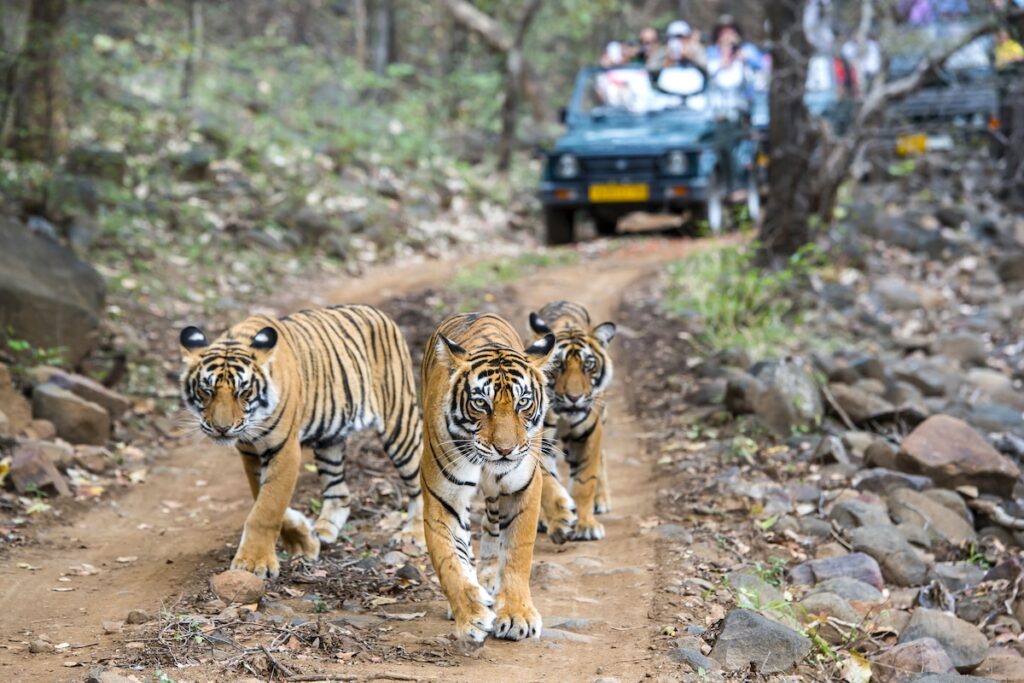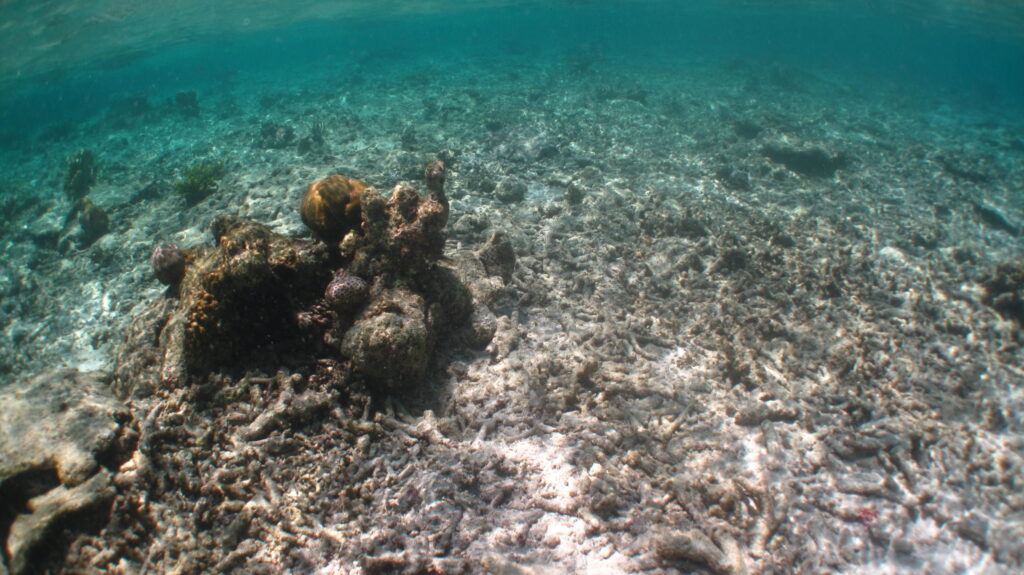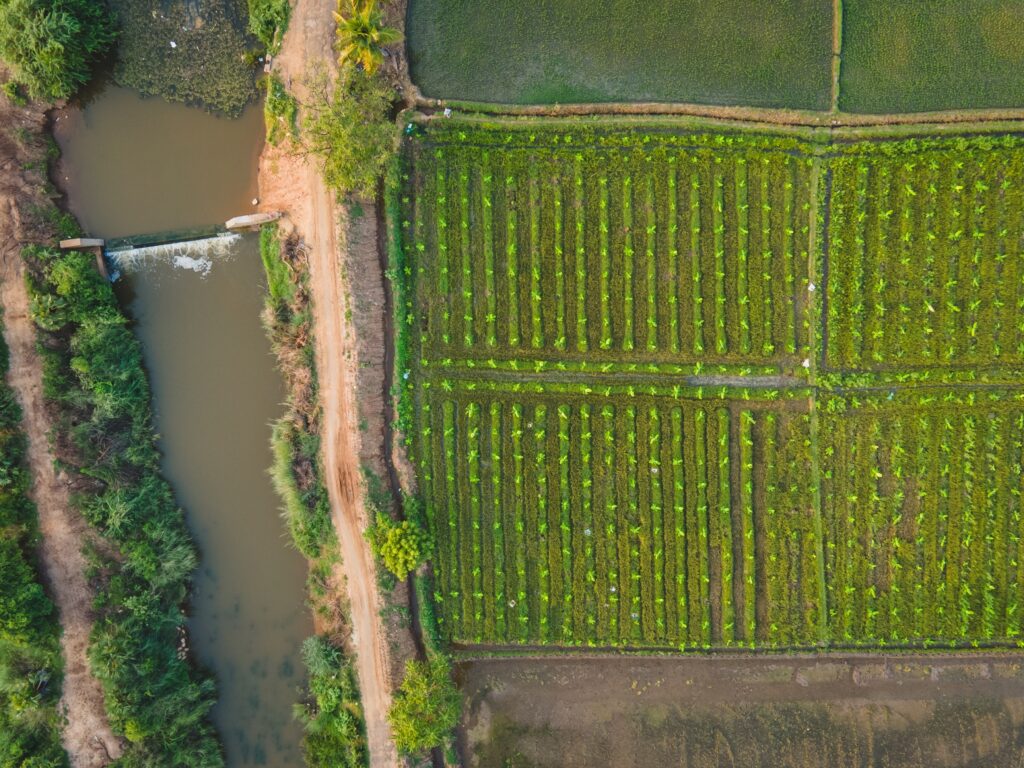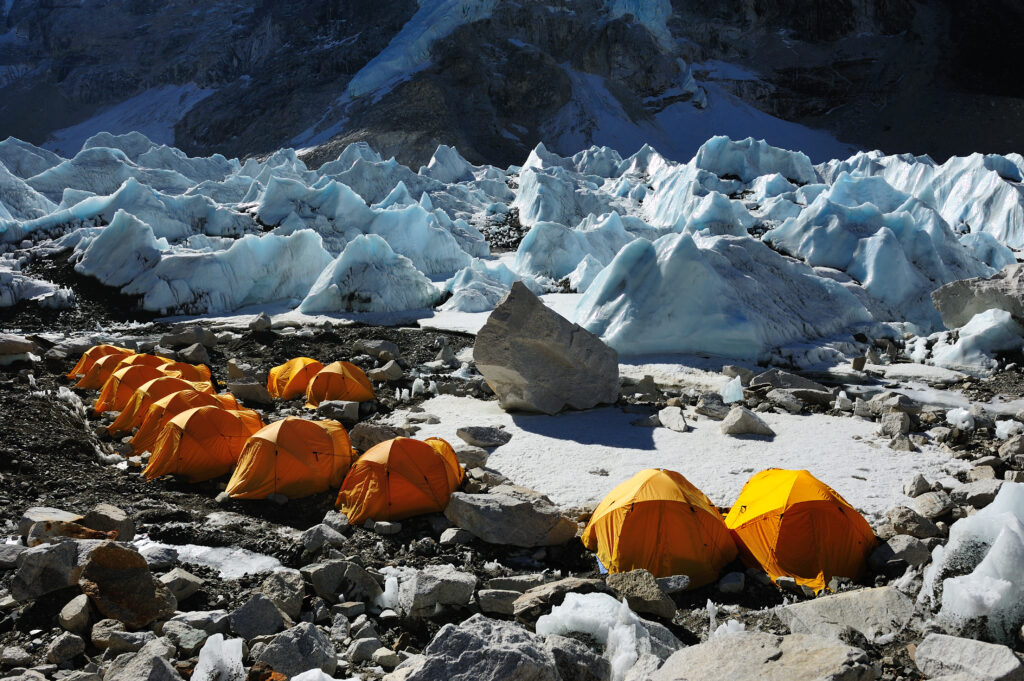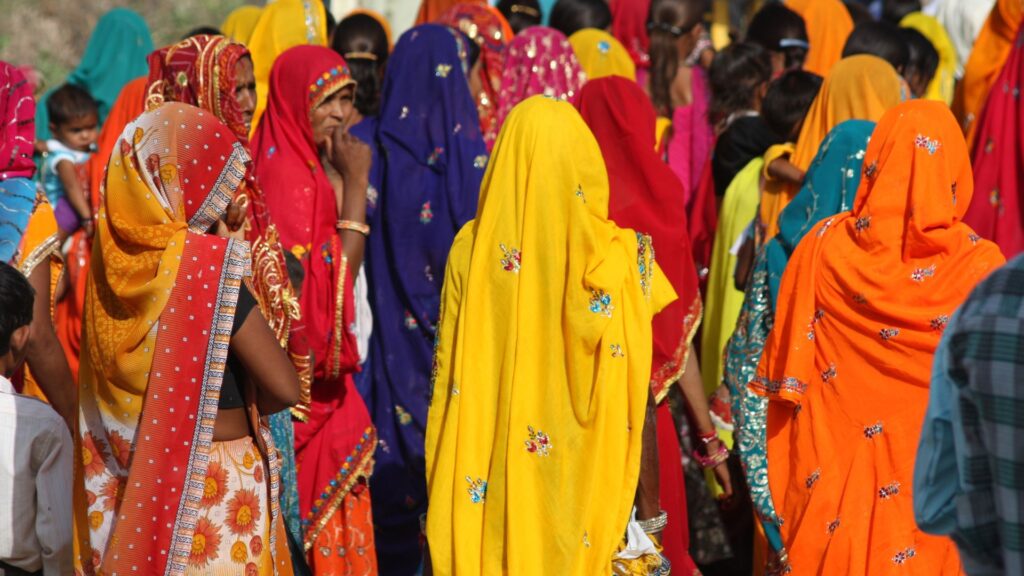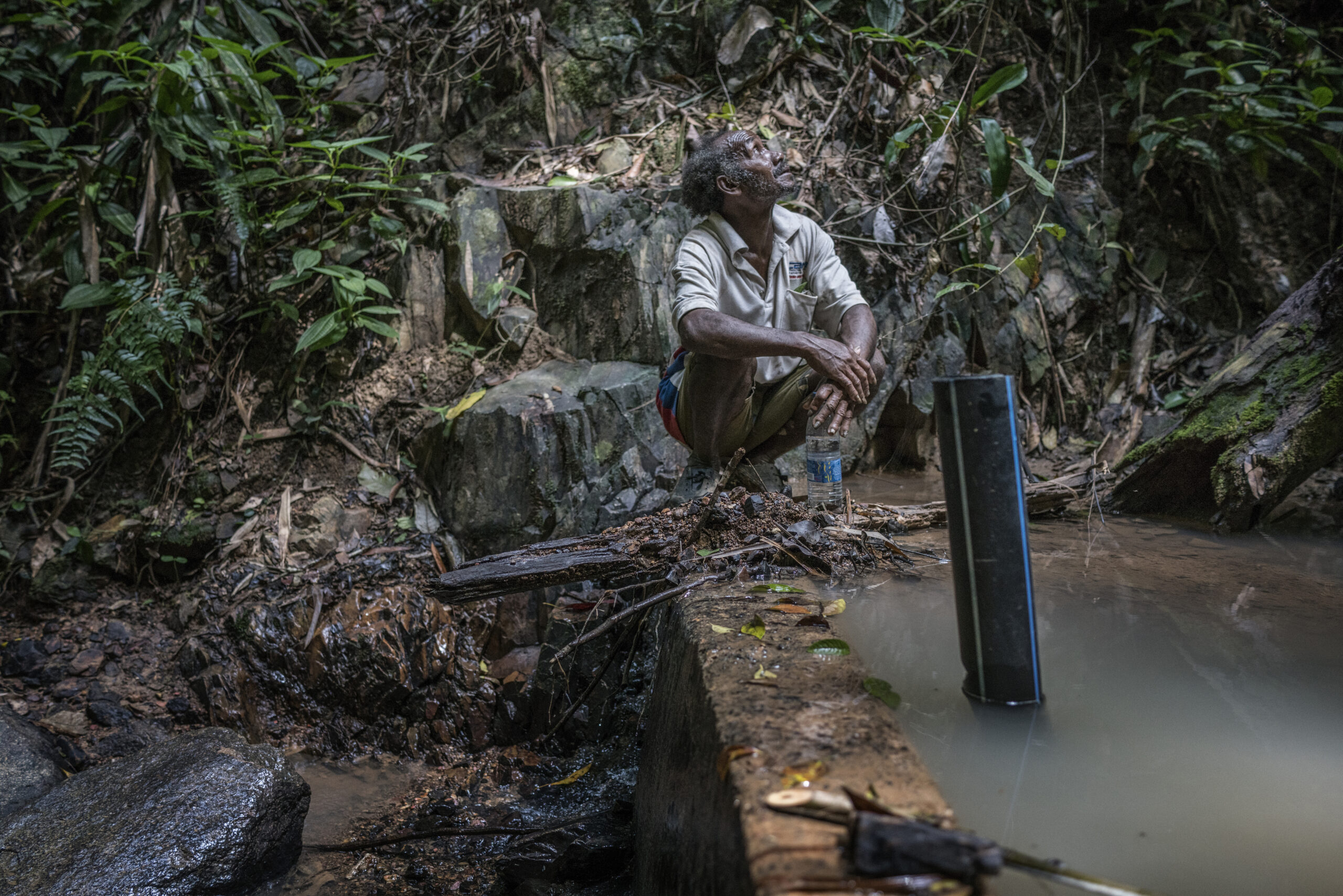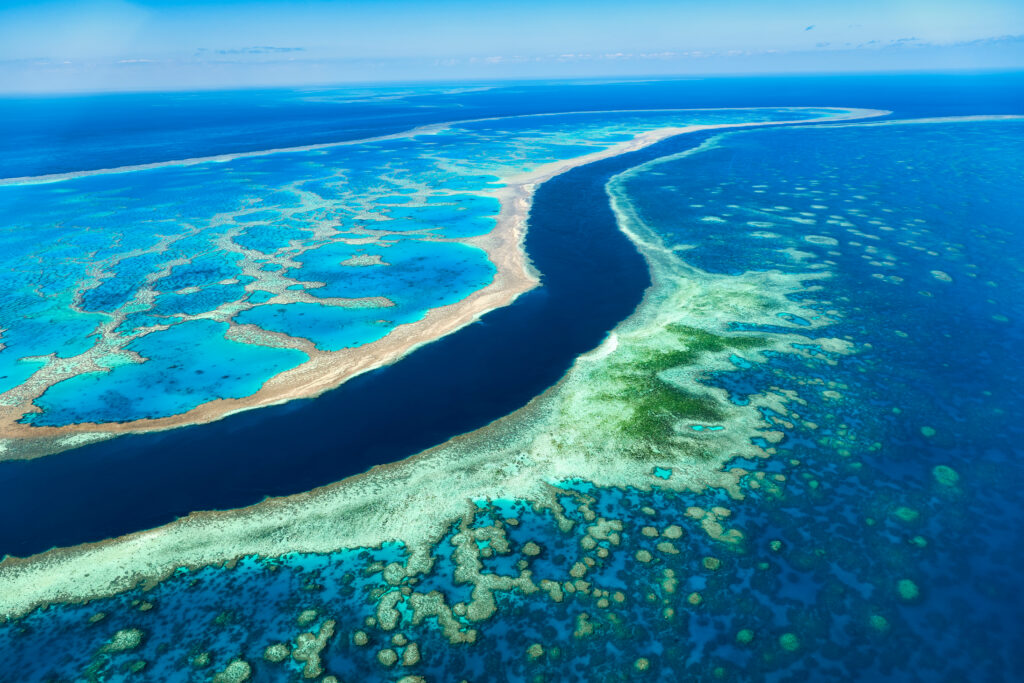What is ecotourism, and why is it on the radar of policymakers? In 2024, nature-based trips generated roughly USD 261 billion worldwide. The UN tourism organisation’s latest barometer shows the Asia-Pacific reclaiming pre-pandemic momentum with 316 million international arrivals, a one-third jump on 2023 and the fastest regional rebound globally. Ecotourism or sustainable travel offers a practical way for governments to convert this surge in demand into lower-carbon growth, resilient rural jobs and measurable conservation gains while keeping travel revenues flowing.
Ecotourism Definition and Its Core Principles
Ecotourism is nature-based travel that conserves biodiversity, sustains local well-being and provides meaningful learning for visitors. Compared with conventional resort holidays, certified eco-tours consistently show a smaller per-traveller carbon footprint.
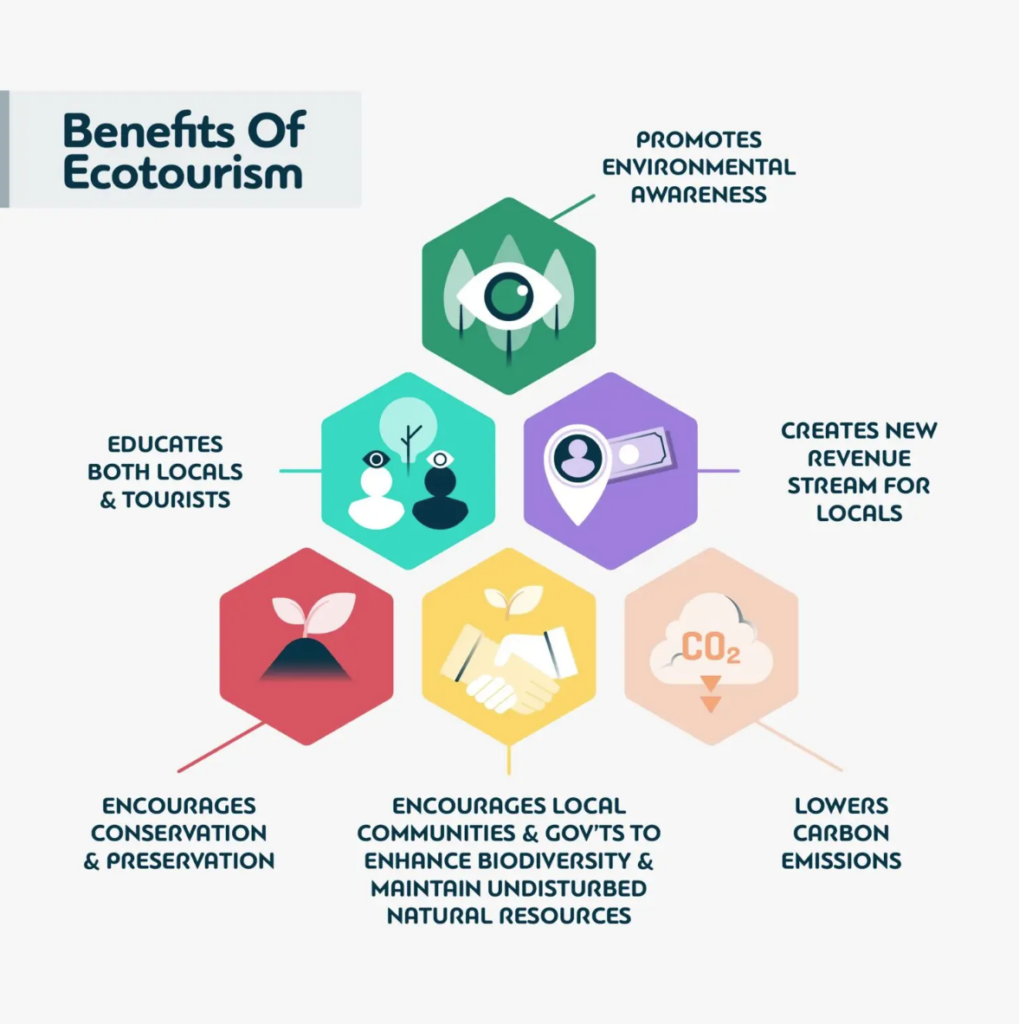
Ecotourism follows four universal principles:
- Minimise ecological impact (energy, water and waste).
- Build visitor awareness of environmental conservation issues.
- Generate net financial benefits for nature and host communities.
- Empower local participation and cultural integrity.
Measuring the Impact On Decarbonisation: Money That Works for Nature
From a climate perspective, these principles matter and can plug persistent funding gaps in protected areas. In Bhutan, most foreign visitors pay a Sustainable Development Fee under the country’s long-running “high-value, low-volume” tourism policy. The levy is used to preserve natural and cultural landmarks and invest in electric transport. It generated USD 13.5 million between January and August 2023 alone, which is money that helps keep Bhutan carbon-negative while stimulating the economy.
Likewise, in Indonesia, the Raja Ampat Marine Park channels its entrance fees into community development and patrols that ensure adherence to the park’s conservation efforts. Scaling up these site-level successes could deliver macro-level climate wins. The World Economic Forum estimates that keeping tropical forests, mangroves and peatlands intact could avoid or absorb up to 7 gigatonnes of CO₂ annually, making nature-based tourism a critical piece of national net-zero strategies.
Climate, Biodiversity and Inclusive Jobs
When ecotourism is built around visitor levies and concession fees, it funnels substantial, predictable revenues back into the ecosystems travellers come to see. Protected areas worldwide generate roughly USD 600 billion in local spending, more than 60 times what governments spend directly on their upkeep. Every public dollar invested in protected-area tourism delivers massive value. A World Bank study examining four countries (Brazil, Nepal, Fiji and Zambia) found that these returns ranged from six times to 28 times the economic return for every dollar spent.
The employment dividend is equally compelling: tourism already supports 357 million jobs globally, one in 10 worldwide, with women occupying 54% of those roles. Women only account for 39% of the global workforce, so the tourism sector has outsized leverage on gender inclusion and rural livelihoods.
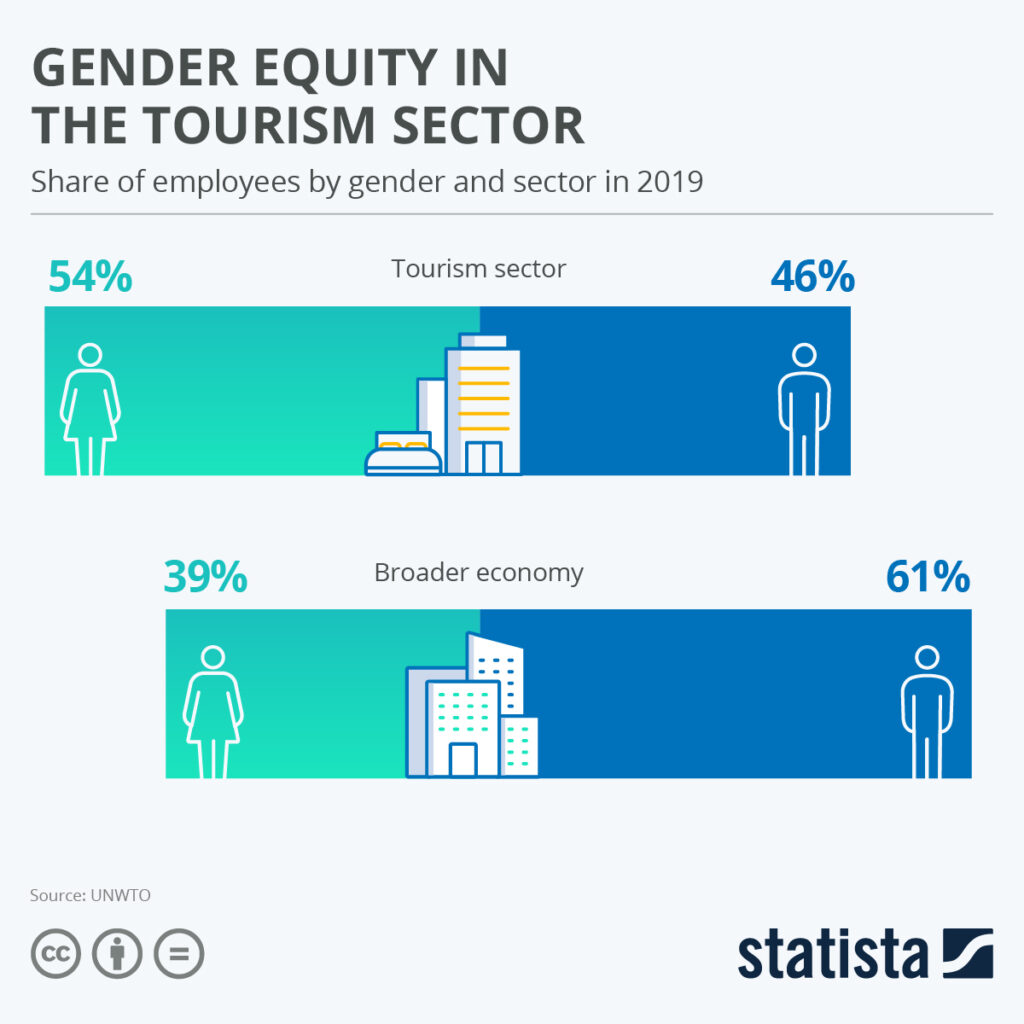
By pairing steady visitor income with explicit conservation mandates, ecotourism transforms nature’s carbon sinks into self-funding assets while creating dignified, locally anchored work for the communities that protect them.
Key Types of Ecotourism
Natural Areas Tourism
This type of ecotourism focuses primarily on protected landscapes like national parks, mangrove reserves and highland forests. India’s Kanha National Park offers a compelling success story. Focused ecotourism and rigorous conservation measures helped rescue the hard‑ground swamp deer from just 66 in 1970 to nearly 1,000 today. Visitor fees and lodge concessions finance habitat patrols and the translocation of 100 deer to form an “insurance” herd at a nearby reserve, strengthening genetic resilience. Local communities now earn a livelihood as certified guides, drivers and ecolodge staff. By marrying wildlife recovery with community prosperity, Kanha demonstrates how science-backed ecotourism can sequester forest carbon while safeguarding biodiversity.
Cultural Heritage Ecotourism
Cultural ecotourism brings visitors face to face with living heritage while ensuring tourism income preserves, rather than erodes, that heritage. A telling example is Indonesia’s mountain hamlet of Wae Rebo on Flores Island. Home to about 1,200 Manggarai people, the village embarked on community-led ecotourism in 2007 with guidance from a local NGO. By 2016, Wae Rebo was welcoming 50 visitors a day. Guests pay around USD 24 per night to sleep in the iconic “drum houses,” and the money goes into a village-managed fund that finances roof repairs, children’s education, new homes and pensions for elders. This exemplifies how culture-centred tourism can underwrite both social welfare and conservation without sacrificing tradition.
Adventure Ecotourism
Activities like kayaking, canyoning and trekking provide low-impact yet thrilling experiences. Nepal’s Annapurna Conservation Area recorded 244,045 trekkers in 2024. Every visitor purchases a permit collected by the National Trust for Nature Conservation, financing trail upkeep, reforestation and wildlife monitoring. Strict “pack‑in, pack‑out” rules make each trekking group responsible for removing all non-biodegradable waste, concisely demonstrating that high‑altitude thrills can coexist with serious conservation.
Community-based Tourism
Locally owned and managed, this form of tourism ensures economic benefits remain within the community. Thailand’s Mae Kampong village exemplifies this. Two decades ago, the settlement opened homestays, coffee shops and guided nature walks that now attract day‑trippers and overnight guests. Now, households have a say in tourism planning, and revenues are widely shared. These funds support local businesses that diversify income beyond farming.
Catalysing Asia’s Eco-travel Future
The question of what ecotourism is has moved from abstract inquiry to actionable climate strategy that is now discussed at global climate summits. To scale ecotourism, Asian governments can pull three high-impact levers. First, unify standards. Fast-tracking the adoption of certifications like the UN-established Global Sustainable Tourism Council (GSTC) criteria gives operators a single, credible yardstick. Singapore has jumped on this idea, pledging to have 60% of all hotel rooms GSTC-certified by 2025.
Second, price impact at the border. Well-designed visitor levies channel fresh money into conservation without tapping taxpayers. Third, invest in enabling infrastructure and skills. The World Economic Forum’s 2024 Travel & Tourism Development Index already ranks the Asia-Pacific as the world’s second-strongest region for tourism readiness. Governments can leverage this head start by electrifying last-mile transport, digitising park ticketing and funding community guide training. These types of measures cut emissions while boosting local earnings. Responsible travel can be a core pillar of national climate and development strategies while safeguarding the landscapes that keep the tourism industry in business.
Eric Koons
Writer, United States
Eric is a passionate environmental advocate that believes renewable energy is a key piece in meeting the world’s growing energy demands. He received an environmental science degree from the University of California and has worked to promote environmentally and socially sustainable practices since. Eric has worked with leading environmental organisations, such as World Resources Institute and Hitachi ABB Power Grids.
Eric is a passionate environmental advocate that believes renewable energy is a key piece in meeting the world’s growing energy demands. He received an environmental science degree from the University of California and has worked to promote environmentally and socially sustainable practices since. Eric has worked with leading environmental organisations, such as World Resources Institute and Hitachi ABB Power Grids.


